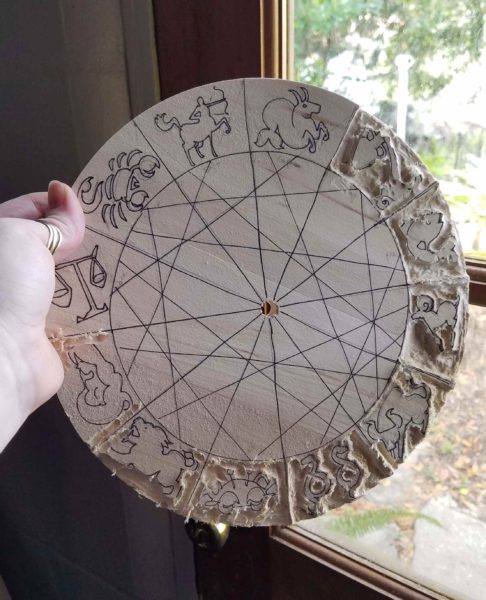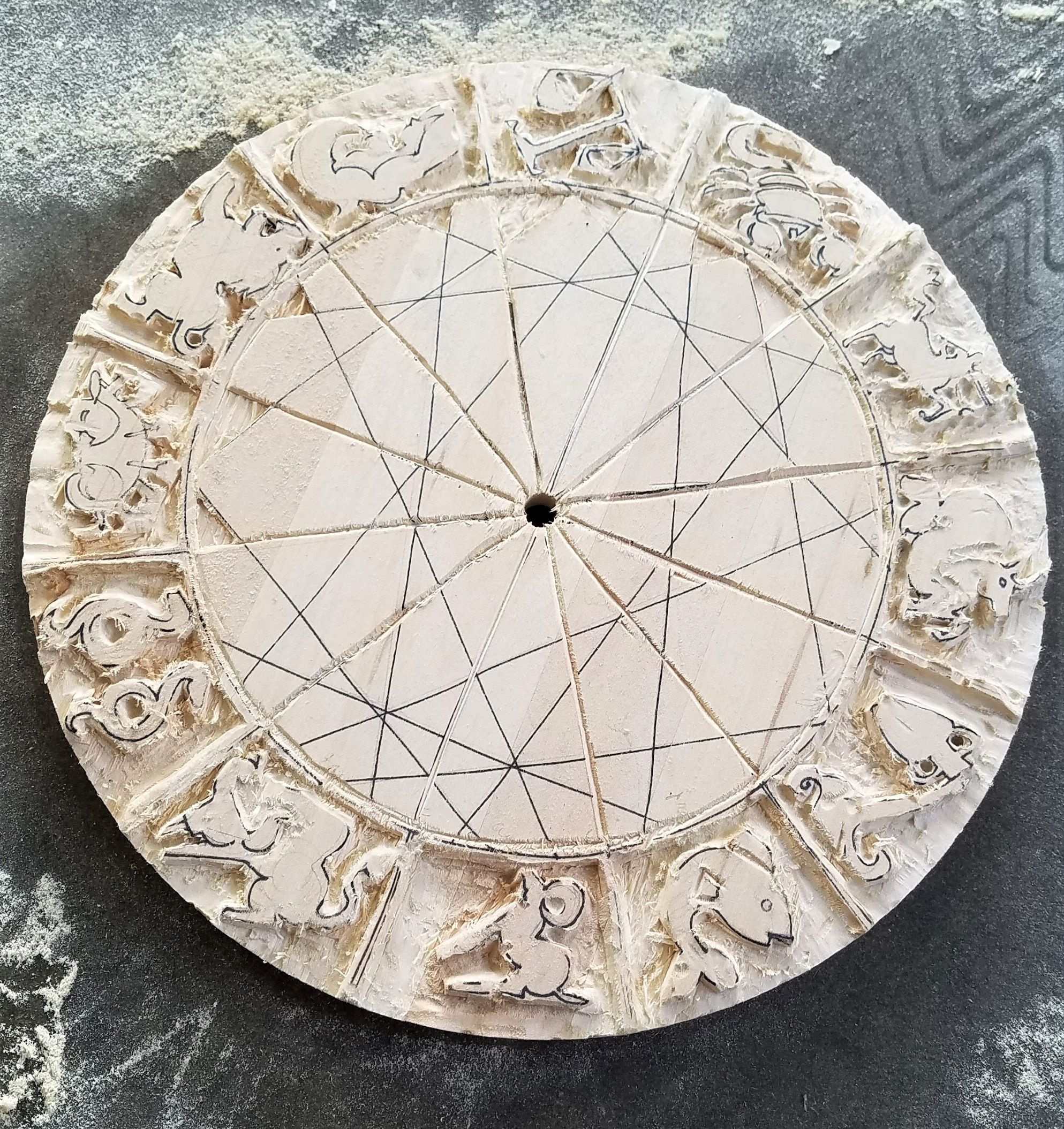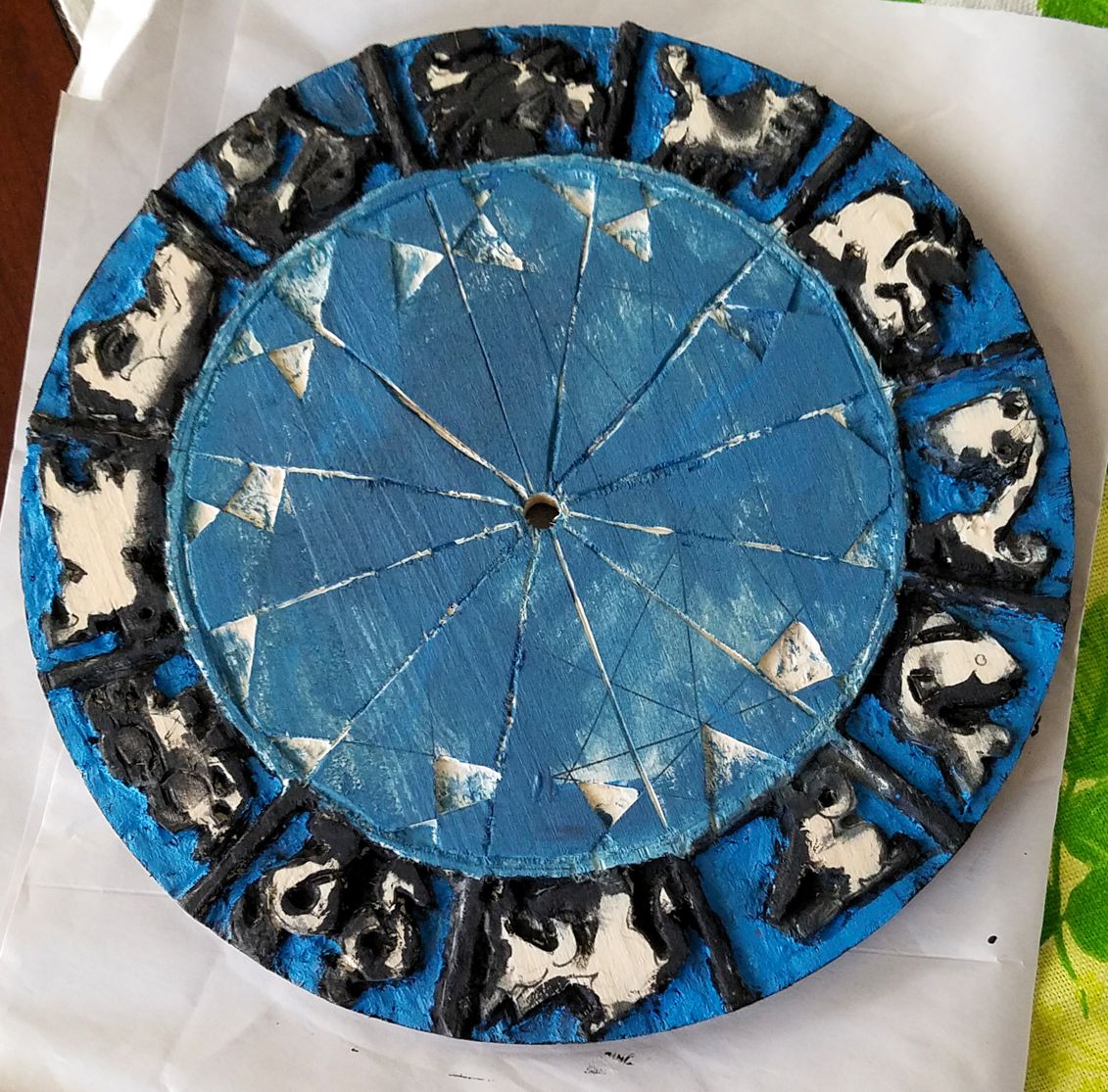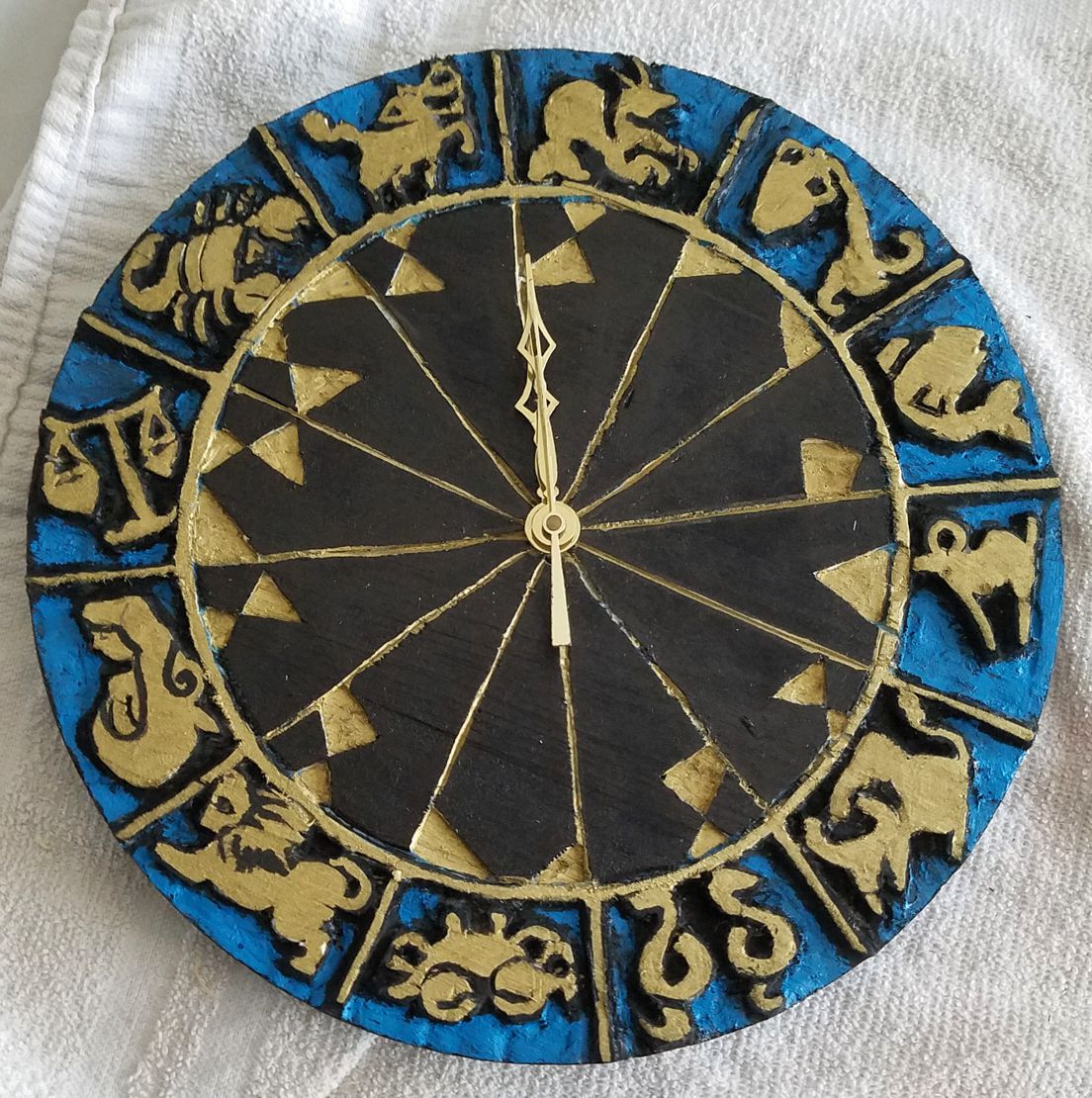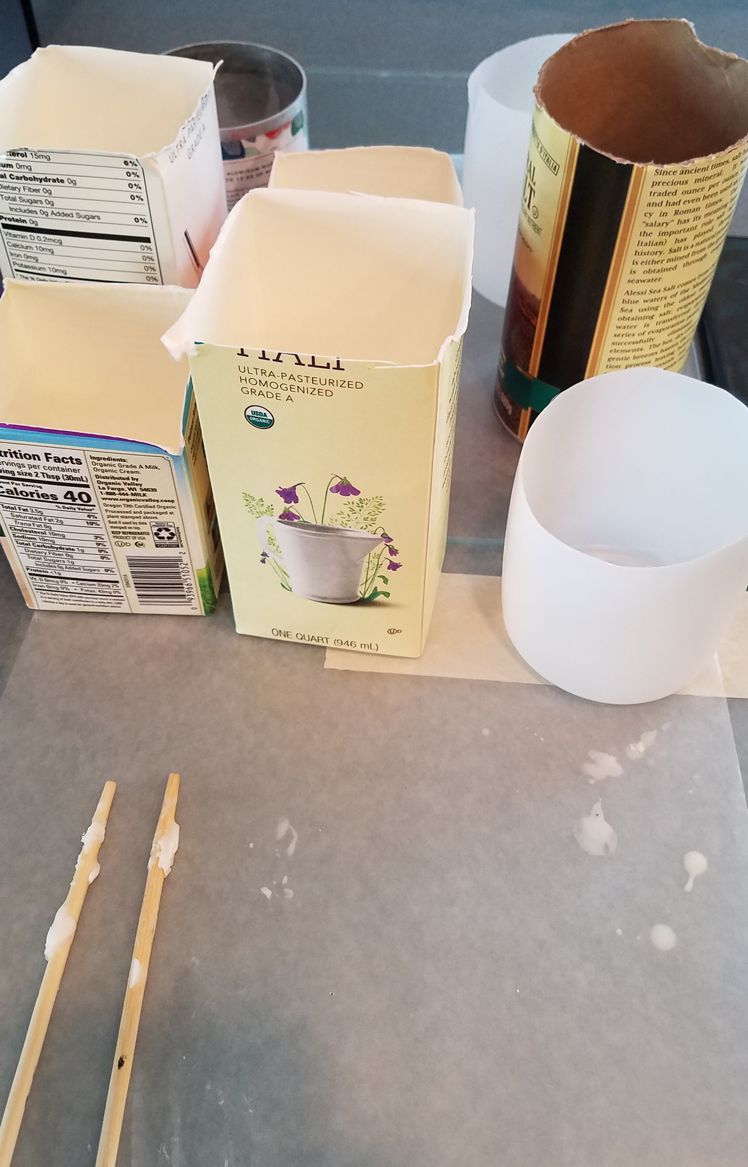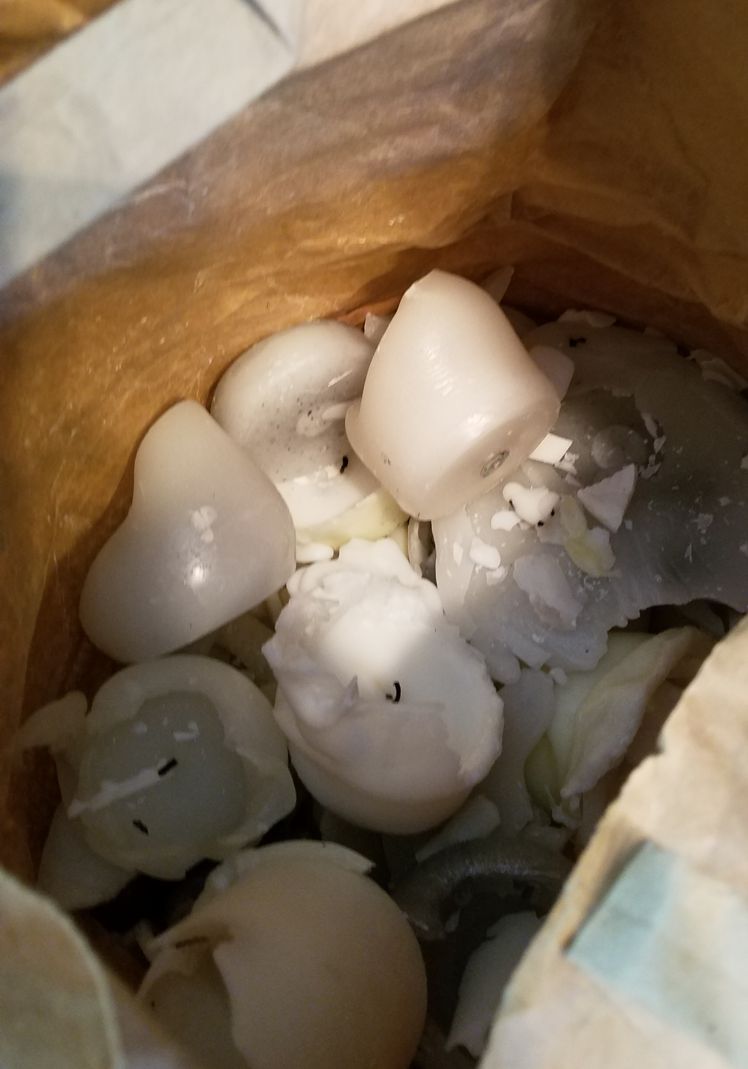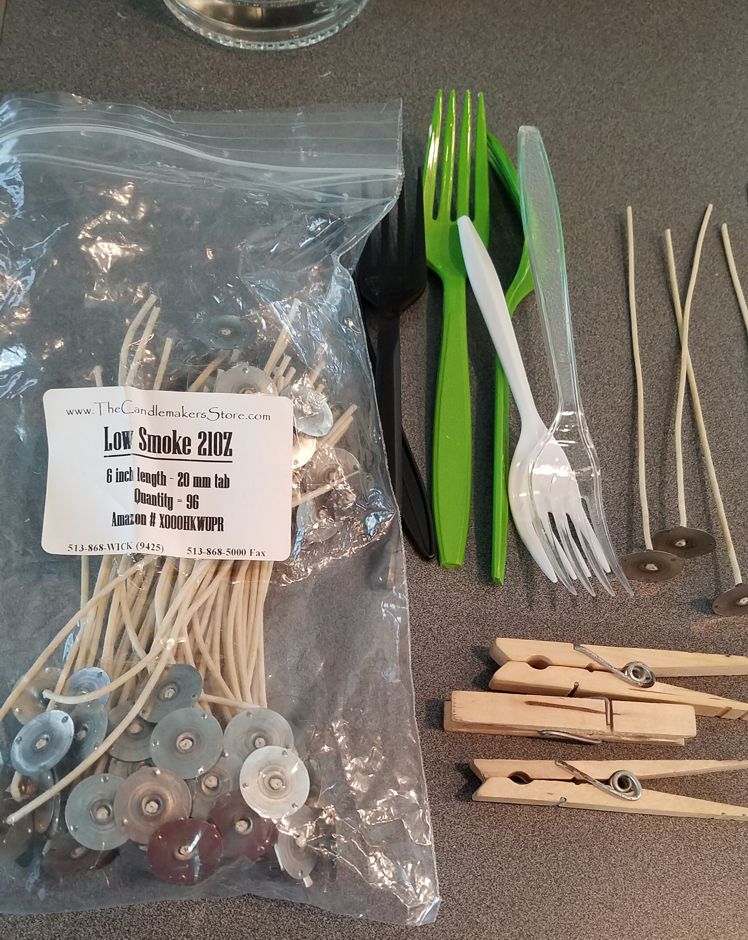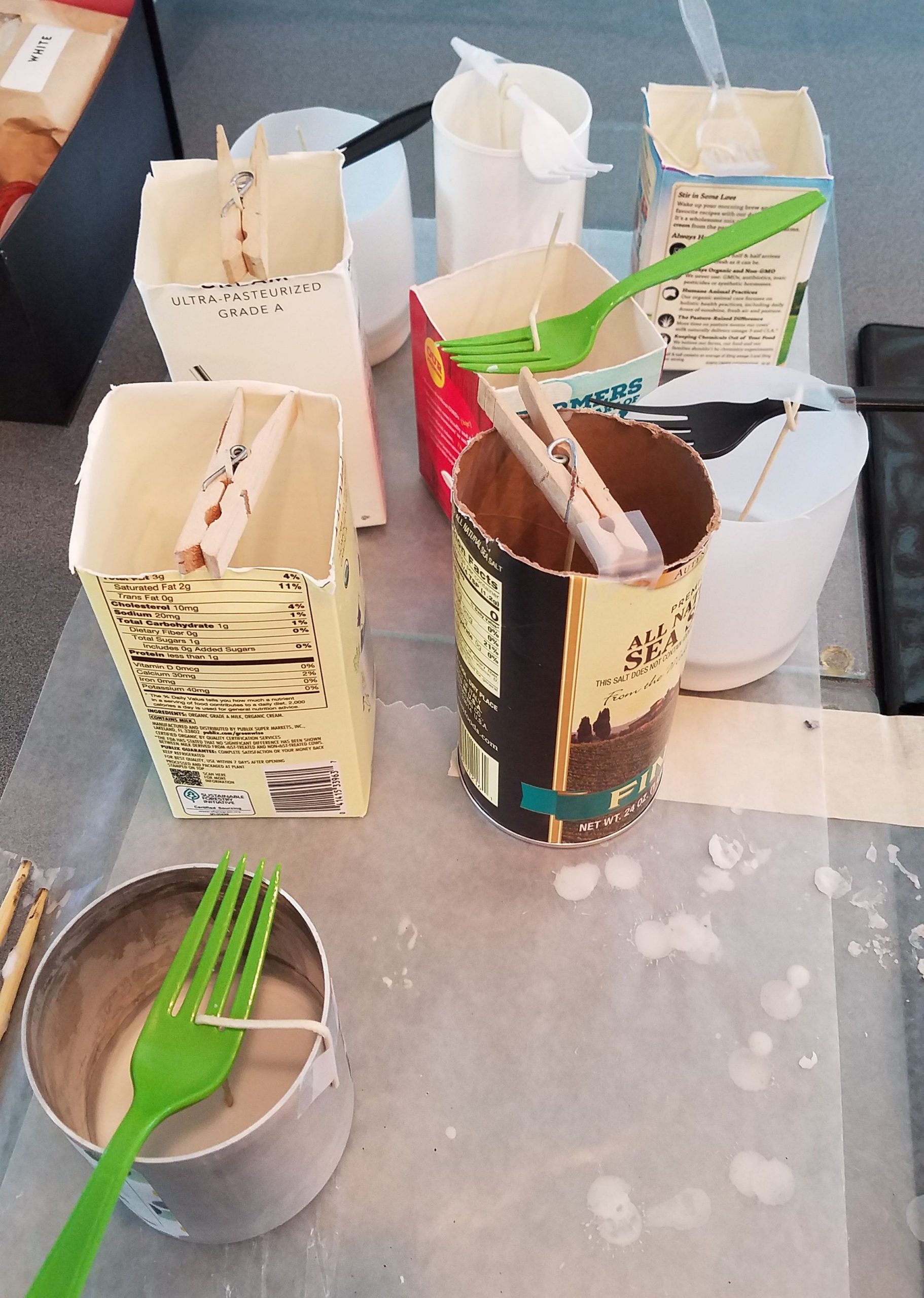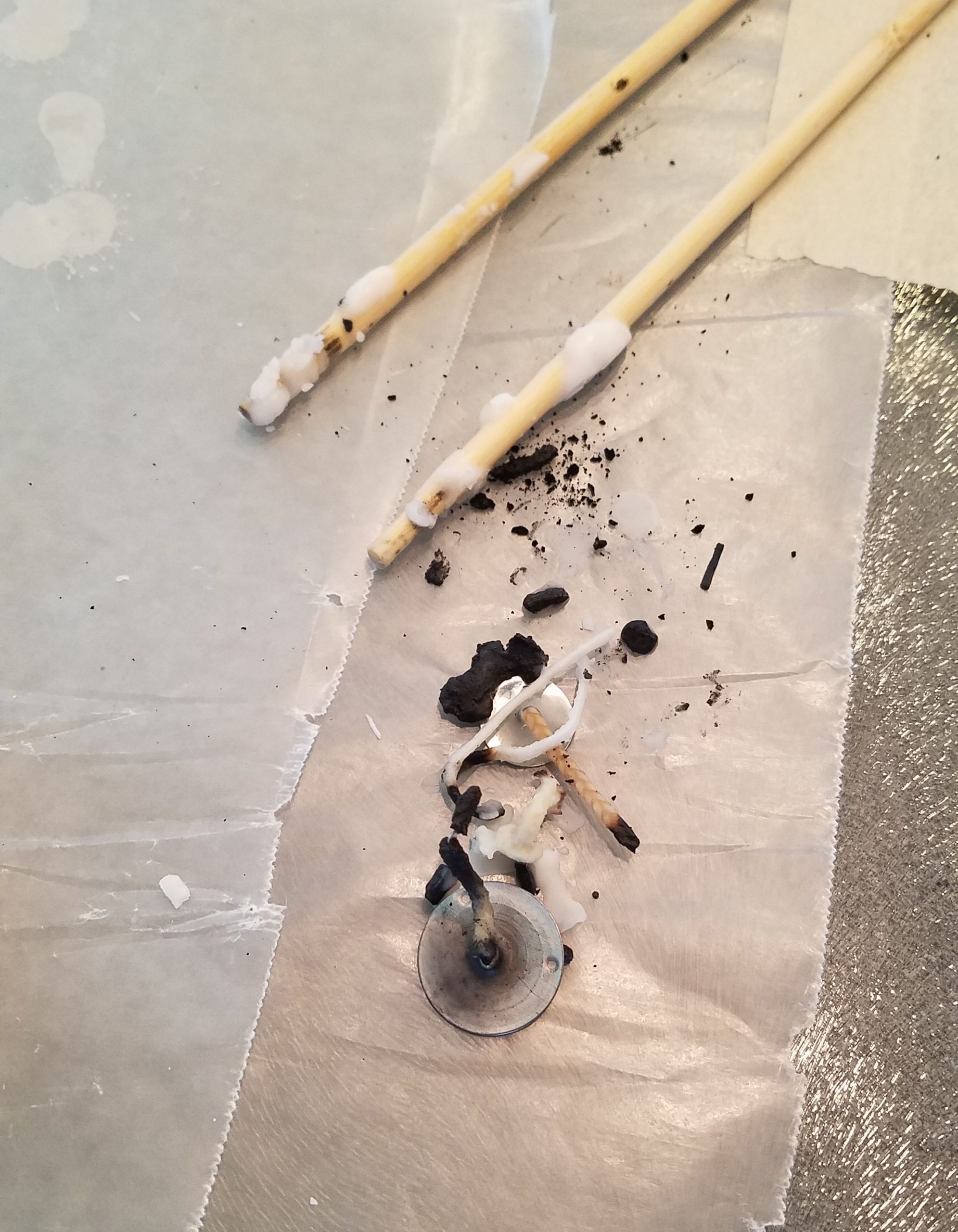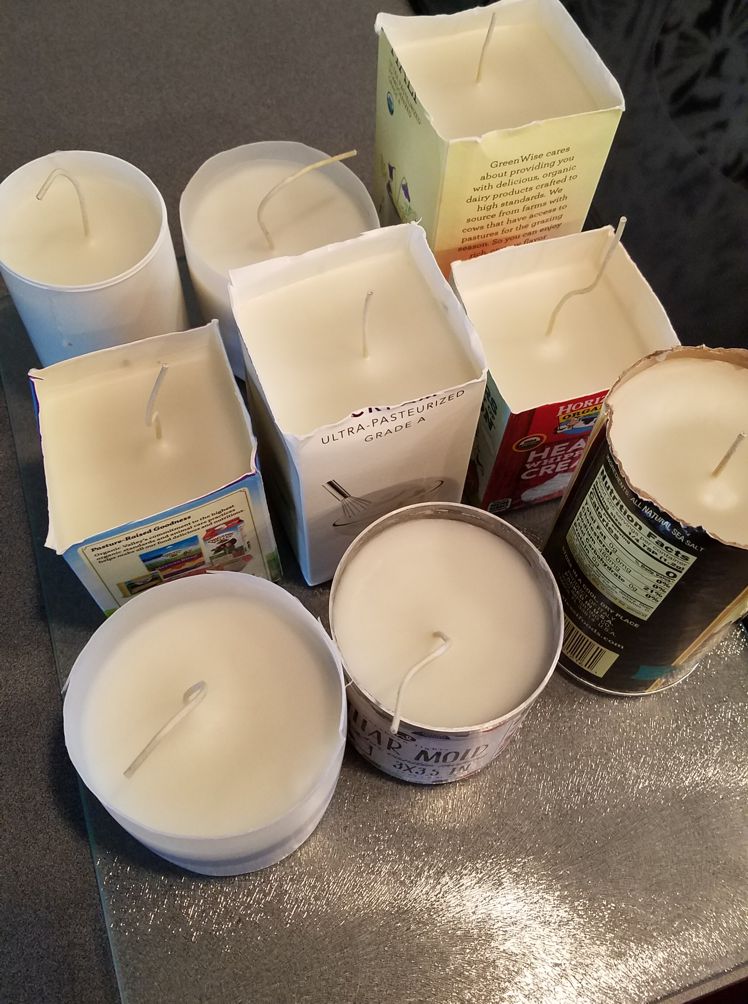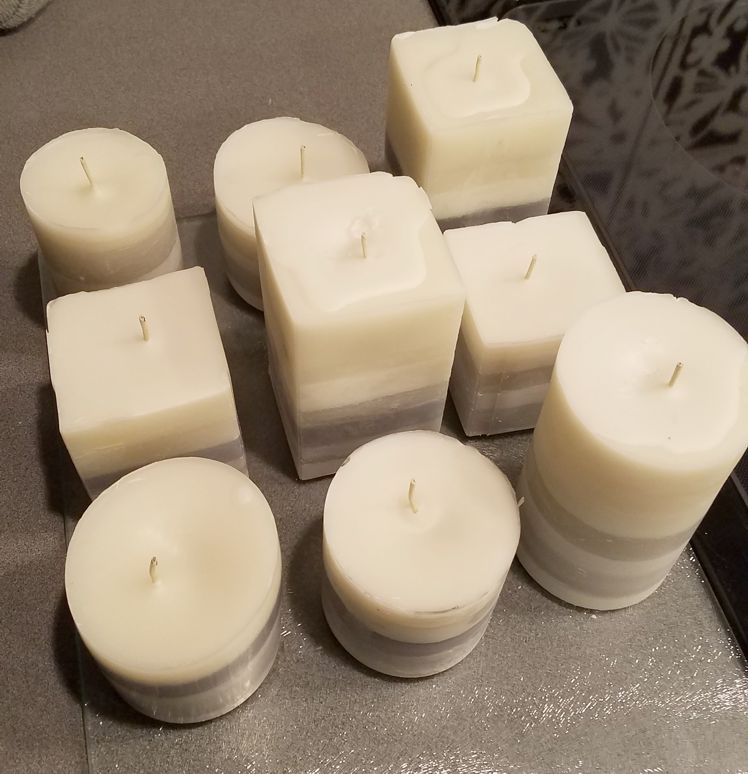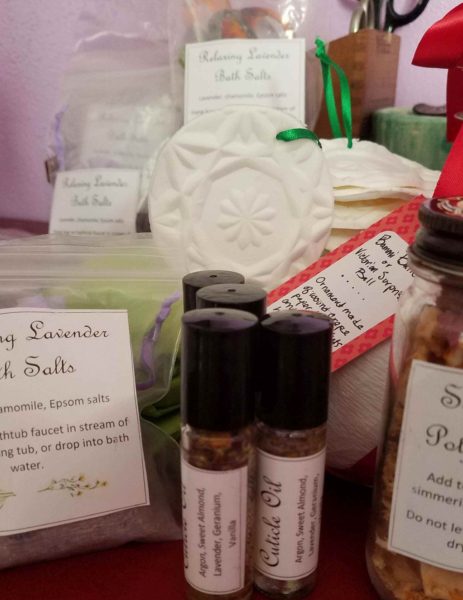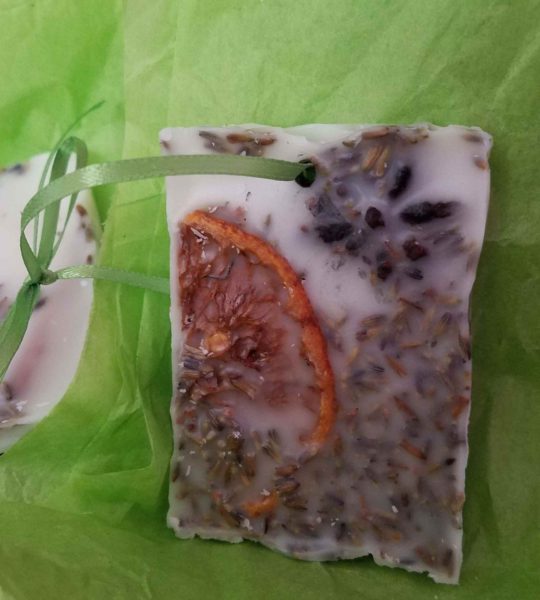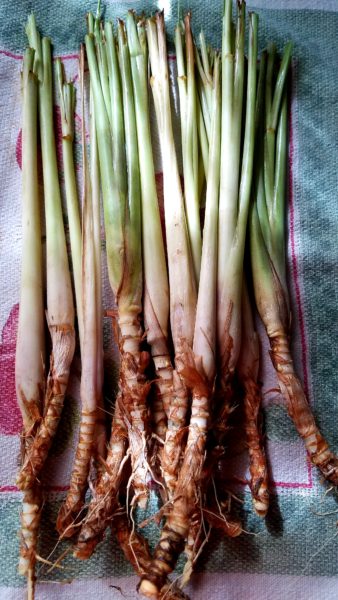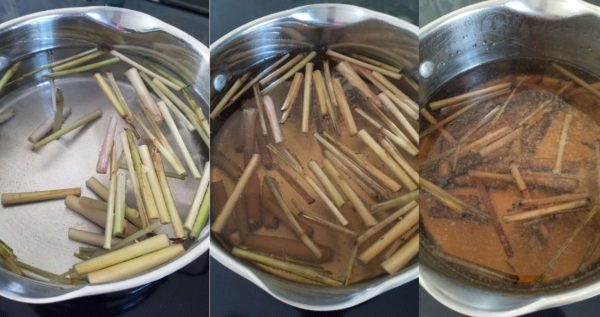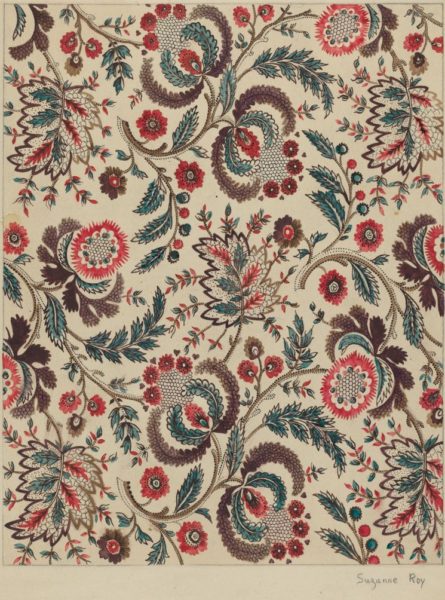
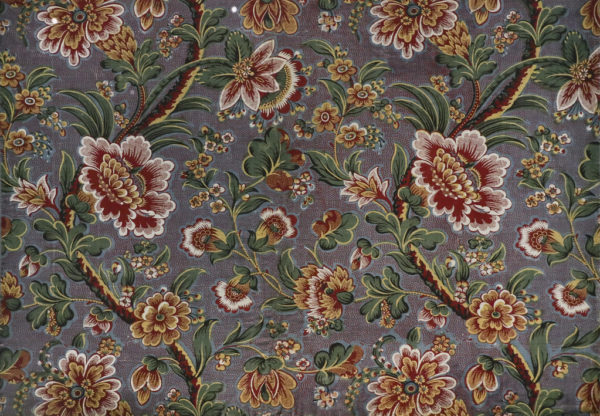
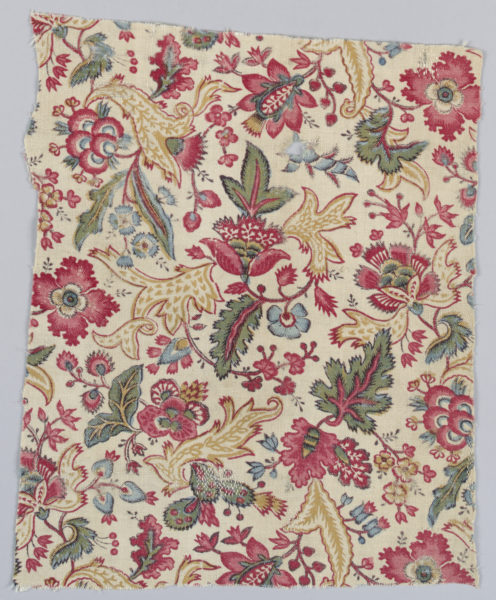
I have been having some big dreams about decor DIYs that will just make everything in my house a little extra better. A lot of the ideas are actually for small projects, many small projects that all require fabric or pattern. So, I found myself perusing Spoonflower for fabric and wallpapers. In the search for my favorite variety of floral, something I have always thought of as Jacobean (above), I realized that all of my vocabulary is wrong. Or at least the modern application of the vocabulary by designers uploading patterns to Spoonflower is completely different than mine. I am not a textile historian, so I could never argue that my descriptive word choice is the right one, which is what led me down this particular rabbit hole.
Turns out I didn’t really have the wrong word. Patterns popular in Jacobean design were influenced by both Flemish tapestries and Indian palampores. The designs were flowing and floral, with acanthus leaves arranged all over, delicate flowering trees inspired by palampores, and birds, animals, and the tree of life taken from crewel embroidery.
Yet Jacobean is not what people reliably label the floral, acanthus leaf, or all over tree of life patterns.
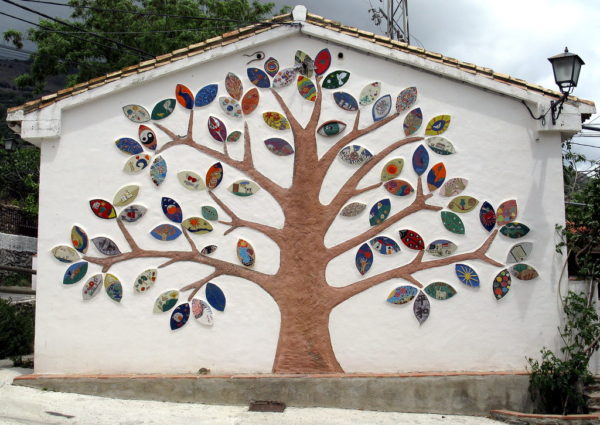
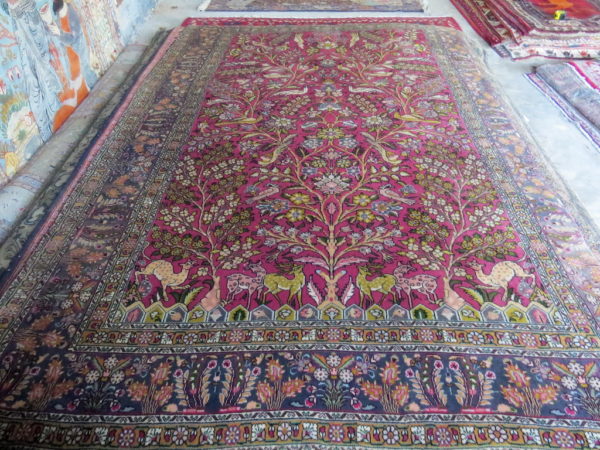
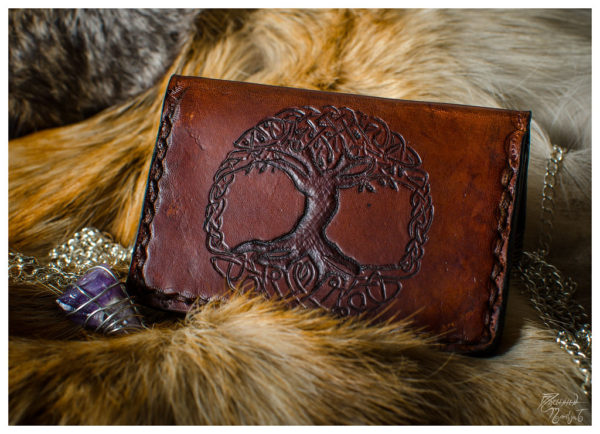
Of course, tree of life designs now come in many different varieties, and rarely show up as the all over pattern from the ‘Tabriz Tree of Life Deer Person Rug’ example above. So then I noticed, while searching, that many of the designs I was looking for were labeled as chintz.
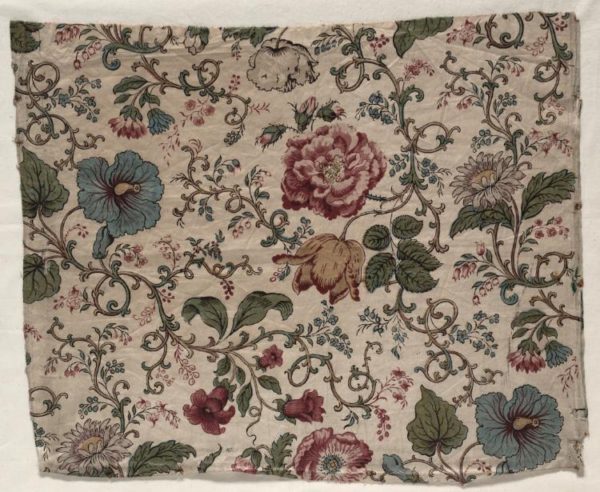
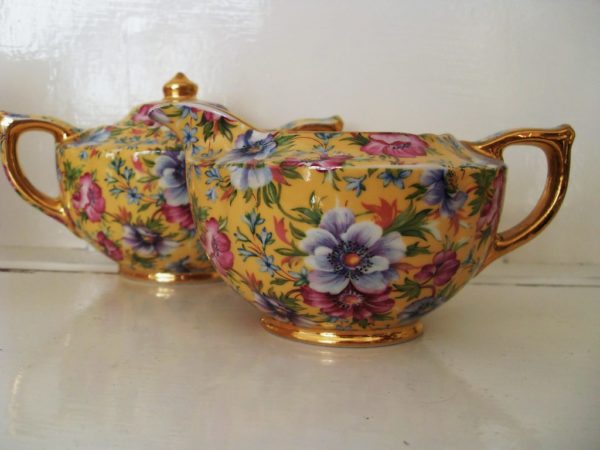
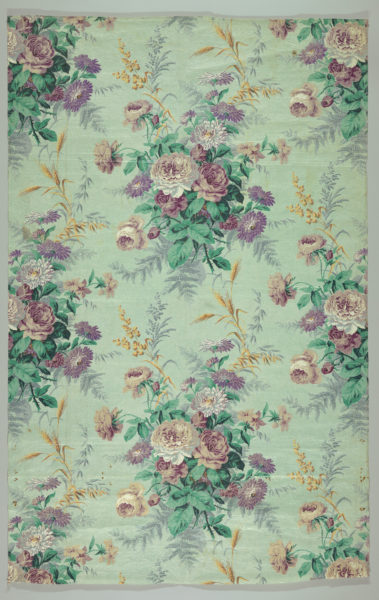
My initial ideas of chintz was a big, ‘blousy,’ floral with large cabbage roses in a kind of pastel on pastel print that I remembered from grandma couches in the early 80s. It turns out that chintz is the name for any printed cotton fabric with a glazed finish and bright multicolored patterns. The patterns were eventually applied to many other textiles, like wall paper and ceramic, so now chintz is simply an all over floral. This would include my Jacobean floral ideal, but it also gave me a lot more to wade through. Then I wondered…what is calico? I thought calico was an all over floral print…
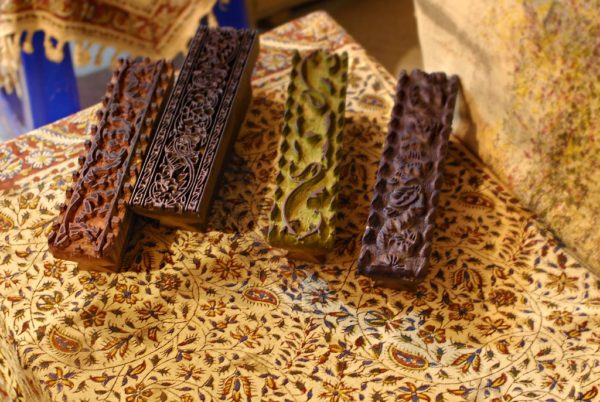
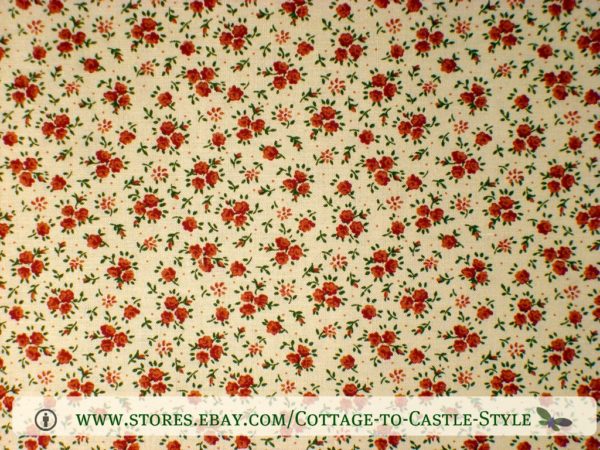
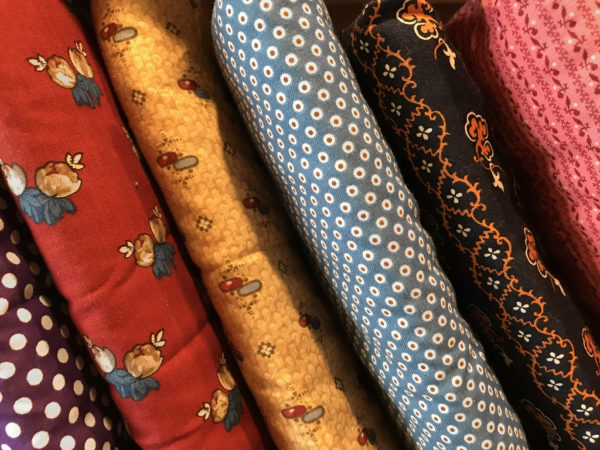
And, it is, at least in the U.S. where the printed cotton became known as calico instead of just the plain woven unbleached cotton that is called calico in the UK. Calico, like the palampores that inspired Jacobean patterns and the chintz that took Europe by storm in the 1600s, originated in India. The calico pattern is also ensconced within the overarching concept of chintz.
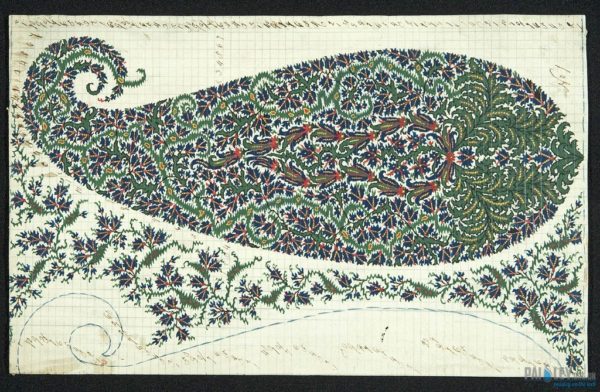
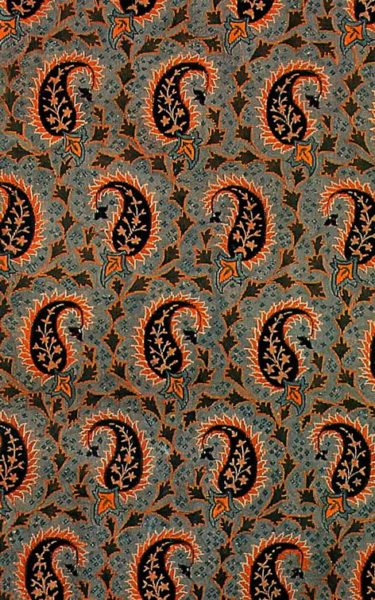
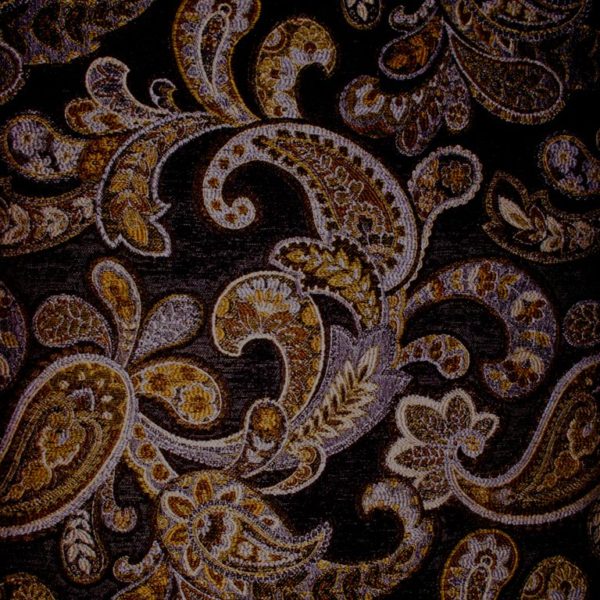
But paisley is not chintz, mostly. Sometimes when the paisley teardrop is included in a rambling floral design like the ‘Paisley” on the right, it is chintz? But mostly, paisley is the one floral print exception that is viewed separately from chintz. Paisley is of Persian origin, and the teardrop shaped designs were also imported from India into the UK where the pattern was given the name paisley after the town of Paisley where it was produced.
And, here is where I want to wriggle back out of the rabbit hole. I found that yes, Jacobean floral, calico, and sometimes paisley are all chintz, but chintz is not necessarily always either Jacobean floral, calico or paisley. Whether this statement is wholly accurate doesn’t really matter either, because platforms that allow tag and metadata creation by up-loaders are always going to suffer from the popular understanding of a term, if there is any real understanding.
References
- 1stDibs Editors (n.d.) A Guide to Chintz: History, Patterns and Decorating Tips. 1stDibs. https://www.1stdibs.com/blogs/the-study/chintz/
- Calico (2021) Wikipedia. https://en.wikipedia.org/wiki/Calico
- Crane, K. (2020) Jacobean Design, a Brief History. Design Pool. https://www.designpoolpatterns.com/jacobean-design-brief-history/
- Paisley (design) (2021) Wikipedia. https://en.wikipedia.org/wiki/Paisley_(design)
- Palampore (2021) Wikipedia. https://en.wikipedia.org/wiki/Palampore
- Rickards, S. () A Brief History of Jacobean Crewel Embroidery . Well Embroidered. https://wellembroidered.co.uk/a-brief-history-of-jacobean-crewel-embroidery/




